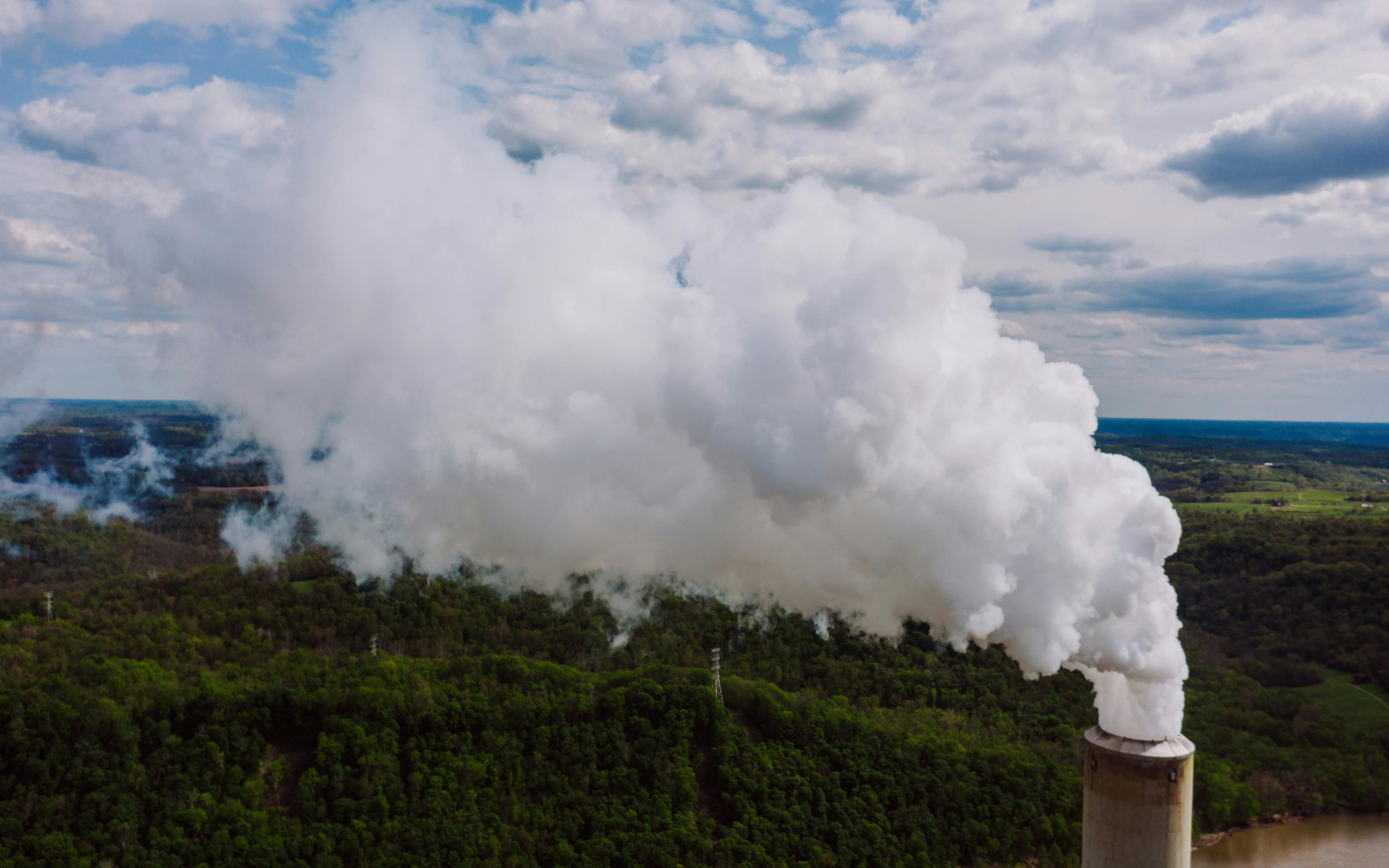Sulfur dioxide (SO2) is a toxic gas commonly associated with industrial processes, particularly in the production of sulfuric acid and the combustion of fossil fuels. While it is a useful industrial chemical, sulfur dioxide poses significant health and safety risks, especially when inhaled.
This article explores the dangers of sulfur dioxide gas, its industrial uses, safety precautions, and best practices for handling potential leaks. The goal is to provide safety managers, industrial hygienists, and other professionals with critical information to mitigate the risks of SO2 exposure.
Common Industrial Uses of Sulfur Dioxide
Sulfur dioxide is utilized in various industries due to its chemical properties. Key applications include:
- Chemical Manufacturing: Used in the production of sulfuric acid, the most widely produced chemical globally, and as a reagent in the manufacture of other chemicals.
- Food and Beverage Industry: Employed as a preservative and antioxidant in food products, particularly in dried fruits and wine.
- Pulp and Paper Industry: Used in the bleaching process for wood pulp.
- Fossil Fuel Combustion: Produced as a byproduct in the combustion of fossil fuels containing sulfur, such as coal and oil.
- Water Treatment: Utilized for the purification of water by removing chlorine and oxygen.
Despite its widespread applications, S02 is hazardous and requires careful handling.
The Hazards of Sulfur Dioxide Gas
Sulfur dioxide is a colorless gas with a pungent, irritating odor. It poses several health and safety risks:
- Respiratory Irritation: Inhalation of S02 can cause irritation of the respiratory tract, leading to coughing, throat irritation, and difficulty breathing. High concentrations can result in more severe respiratory conditions, such as bronchitis and pulmonary edema.
- Eye and Skin Irritation: SO2 can irritate the eyes and skin upon contact, causing redness and discomfort.
- Toxicity: Prolonged or high-level exposure to S02 can lead to chronic respiratory diseases and other long-term health effects.
Exposure Limits and Regulations
To protect workers from the dangers of sulfur dioxide, various regulatory bodies have established exposure limits:
· OSHA (Occupational Safety and Health Administration):
-
- PEL (Permissible Exposure Limit): 5 ppm (8-hour TWA)
· NIOSH (National Institute for Occupational Safety and Health):
-
- REL (Recommended Exposure Limit): 2 ppm (10-hour TWA), 5 ppm (15-minute ceiling)
- IDLH (Immediately Dangerous to Life or Health): 100 ppm
· ACGIH (American Conference of Governmental Industrial Hygienists):
-
- TLV (Threshold Limit Value): 0.25 ppm (8-hour TWA)
Safety Measures and Best Practices
Handling sulfur dioxide safely requires a comprehensive safety approach. Key measures include:
1. Fixed Gas Detection Systems:
-
- Continuous Monitoring: Fixed gas detectors can monitor S02 levels, providing early detection of leaks and ensuring compliance with safety standards.
- Alarm Systems: Audible and visual alarms alert personnel to hazardous concentrations, prompting immediate action.
2. Personal Protective Equipment (PPE):
-
- Appropriate PPE, including chemical-resistant gloves, goggles, face shields, and protective clothing, is essential when working with sulfur dioxide. Respiratory protection may be necessary in areas with potential SO2 exposure.
3. Proper Ventilation and Containment:
-
- Adequate ventilation systems are crucial to disperse sulfur dioxide and prevent the buildup of hazardous concentrations. Containment measures, such as scrubbers and local exhaust ventilation, can help manage emissions.
4. Emergency Response Plans:
-
- Comprehensive emergency response plans should include procedures for containment, evacuation, and first aid. Coordination with local emergency services is critical for an effective response.
5. Training and Awareness:
-
- Regular training on the hazards of S02, safe handling practices, and emergency procedures is crucial for all employees. Drills and simulations should be conducted to ensure preparedness.
Sulfur dioxide is a valuable industrial gas with numerous applications, but it poses significant risks if mishandled. Understanding its hazards and implementing robust safety measures, including gas detection systems, proper PPE, ventilation, and comprehensive emergency planning, are essential for protecting workers and facilities.
By adhering to best practices and maintaining vigilance, industries can minimize the dangers associated with S02 exposure.
For more information on sulfur dioxide safety and Interscan’s Accusafe and GasD 8000 detection systems, please contact us today to request a quote.


